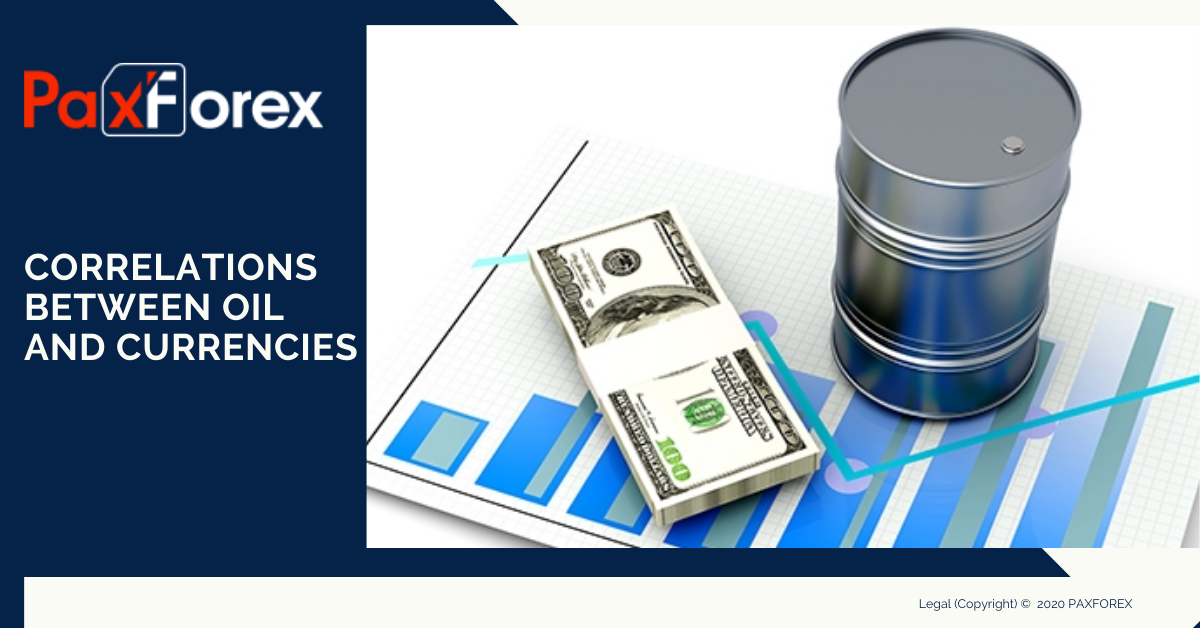
A hidden string ties together currencies and crude oil, with price actions in one venue forcing a sympathetic or opposing reaction in the other. This correlation persists for many reasons, including resource distribution, balance of trade and market psychology. And crude oil’s significant contribution to inflation and deflation intensifies these interrelationships during strongly trending periods, both higher and lower.
Correlations between the world's most heavily traded commodities and currency pairs are common. For example, the Canadian dollar is correlated to oil prices due to exporting, while Japan is susceptible to oil prices because it imports most of its oil. Similarly, Australia and New Zealand have a close relationship to gold prices and oil prices. While the correlations (positive or negative) can be significant, if forex traders want to profit from them, it is important to time a correlation trade properly.
When someone mentions Oil, currency traders should immediately think of the USDCAD as a correlating currency pair. These assets are negatively correlated meaning they generally can be seen moving in opposing directions. This occurs because the USDCAD quotes the price of Canadian Dollars in terms of US Dollars. US Oil represents Oil per barrel priced in terms of US Dollars. With the USD being on opposing sides of each equation this means that the two assets will move in opposing directions when the USD strengthens or weakens.
As with most things in trading, the biggest challenge of trading two asset classes with any correlation boils down to timing. As a general rule of thumb, currencies are largely considered the fastest market, largely due to the fact that everything is of course based on the value of money alone. The price of crude is only relative to the point of how much $1 is even worth compared to other currencies. This is only top of the fact that currencies are far more liquid and traded heavily around the clock, all year long.
Crude oil shows tight correlation with many currency pairs for three reasons. First, the contract is quoted in U.S. dollars so that pricing changes have an immediate impact on related crosses. Second, high dependence on crude oil exports levers national economies to up trends and downtrends in the energy markets. And third, collapsing crude oil prices have triggered sympathetic declines in industrial commodities, raising the threat of worldwide deflation that undermines economic growth, forcing currency pairs to reprice relationships.







